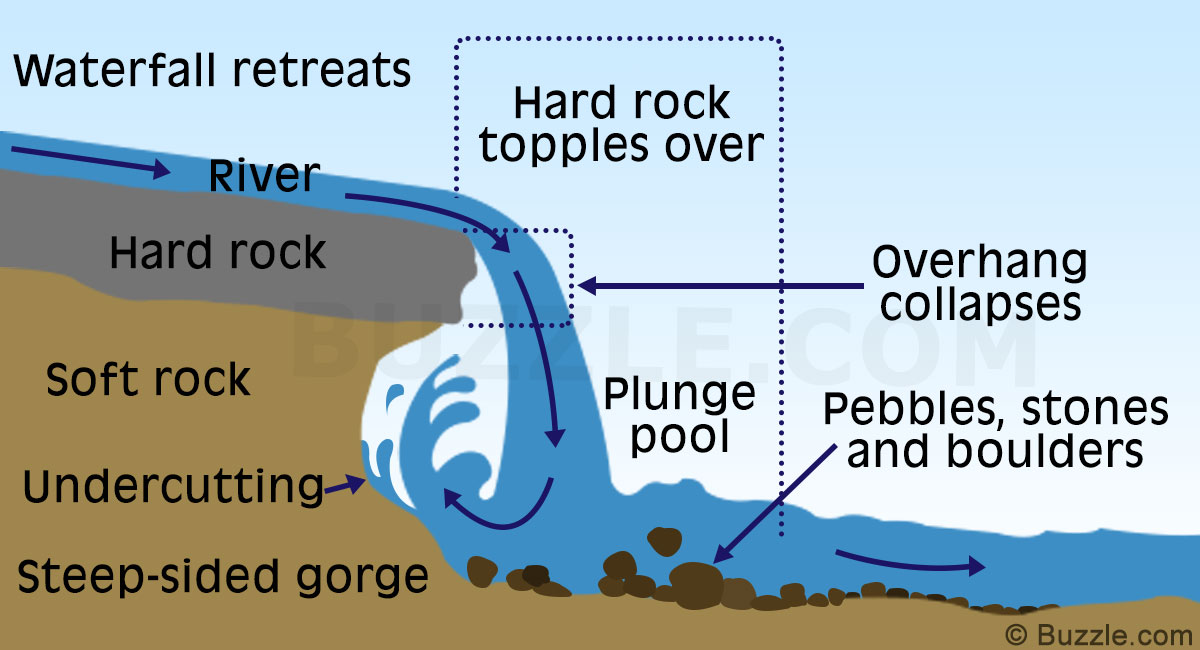Petroleum and Natural Gas
Petroleum has been called liquid gold because of its value in our modern civilization. Petroleum is formed by hydrocarbons (a hydrocarbon is a compound made up of carbon and hydrogen) with the addition of certain other substances, primarily sulphur. Petroleum in its natural form when first collected is usually named crude oil, and can be clear, green or black and may be either thin like gasoline or thick like tar.
Origin
it is believed that the organic remains such as remains of plants and the animals organism, accumulated in the bottom muds of lagoons or in depression on the floor of Shallow sea and become incorporated in the accumulating sediments. The bacterial actions that take place, decomposed the organic matter slowly into the mother material of oil by rem

oving Oxygen and nitrogen and giving rise to other changes. The lower planktonic organism such as, diatoms and algae that thrive near the surface of the sea, are considered the most probable and important source materials. In the other easy sense we can say that Millions of years ago, algae and plants lived in shallow seas. After dying and sinking to the seafloor, the organic material mixed with other sediments and was buried. Over millions of years under high pressure and high temperature, the remains of these organisms transformed into what we know today as fossil fuels.During Convection of the organic matter into Petroleum, natural gas which is dominantly method is also formed.
The organic theory of all Genesis appeared for the first time in the form of Lomonosov's distillation hypothesis, according to which oil is considered to be a product of subsurface distillation of coal.
Geographical Distribution of Oil and Gas fields in India
Andhra Pradesh
Kaikalur, chintalapalli and mandepetta, Offshore area of Krishna and Godavari (natural gas field)
Narsapur ancasa structure in the Offshore area of Krishna Godavari (oil and gas field)
Arunachal Pradesh
Ningru and Dum Duma (oil and gas field)
Assam
Digboi, Moran, Dudrasagar, changaigaon, Lakwa and Sonari (oil and gas field)
Adamtilla in Cachar district (gas field)
Gujarat
Ankleshwar, Kalol, Navgaon, Balal and dahej, Cambay basin (Nada), Kutch Offshore
Rajasthan
Jaiselmer basin
Tamil Nadu
Offshore areas of cauvery at kovil-Kallapali and Nariman
Bombay High




















